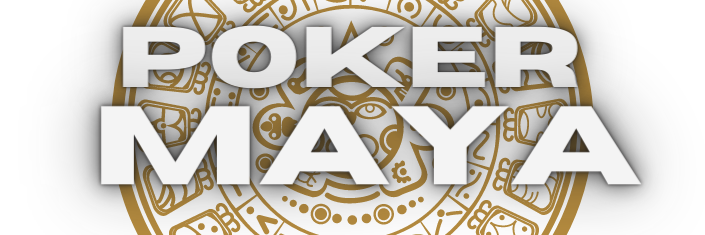Poker is not just a game of cards; it’s a battle of wits and observation. Beyond the cards dealt on the table, skilled poker players know that valuable information can be found in their opponents’ behavior. These behavioral cues, known as “poker tells,” can give players an edge by revealing hidden insights into their opponents’ hands and intentions. In this article, we’ll delve into the fascinating world of poker tells and explore how you can read your opponents like a pro.
The Subtle Art of Observation
The Eyes: The Windows to Deception
When it comes to poker tells, the eyes are often the most revealing. A quick glance, a lingering stare, or even a subtle twitch can provide vital clues about the strength or weakness of an opponent’s hand. Players with strong hands tend to maintain steady eye contact, exuding confidence, while those with weaker holdings might involuntarily shift their gaze or avoid eye contact altogether. However, it’s essential to remember that some players may deliberately attempt to deceive you with false eye movements, so proceed with caution.
Body Language: From Fidgets to Posture
Beyond the eyes, a player’s body language can be a goldmine of information. Fidgeting, nervous gestures, and uneasiness in posture can often betray the anxiety of a weak hand. Conversely, a player sitting upright with a relaxed demeanor may indicate a strong hand or a successful bluff. Pay attention to subtleties such as crossed arms, clenched fists, or tapping fingers, as these can provide valuable insights into an opponent’s emotional state and level of confidence.
Verbal Clues: The Power of Words
While poker is often associated with silence and unreadable expressions, verbal clues can sometimes slip through the cracks. Listen carefully to your opponents’ choice of words, tone of voice, and timing of their responses. A sudden change in speech pattern, hesitation, or an overly confident remark can hint at the strength or weakness of their hand. However, remember that skilled players may use intentional misdirection or clever banter to throw you off track, so be attentive but skeptical.
Beyond the Obvious: Counter-Tells and Reverse Psychology
Counter-Tells: The Art of Deception
Just as you seek to decode your opponents’ poker tells, they may also attempt to deceive you with false cues. Experienced players can employ “counter-tells,” deliberately exhibiting behaviors to mislead their opponents. They may fake nervousness when holding a strong hand or act calm and composed when bluffing. Recognizing these counter-tells requires a keen eye and a thorough understanding of your opponents’ playing styles. Stay vigilant and be prepared to adapt your strategy accordingly.
Reverse Psychology: The Unexpected Twist
Sometimes, the most effective way to use poker tells is to purposefully manipulate your opponents’ perception of your own tells. By intentionally displaying false cues or contradicting your usual behavior, you can create confusion and exploit their misinterpretations. For example, if you typically display nervousness when bluffing, you can reverse it by appearing calm and collected during a critical hand. Employing reverse psychology can be a powerful weapon in your arsenal, but use it judiciously and selectively.
Conclusion
Poker tells add an exhilarating layer of complexity to the game, transforming it into a battle of observation and psychological warfare. By honing your skills in reading opponents’ behavior, you can gain a significant advantage at the poker table. Remember, poker tells are not foolproof indicators, and they should be used in conjunction with sound strategy and analysis. So, the next time you sit down at a poker table, pay attention to the subtle cues, sharpen your observation skills, and decode your opponents like a pro.

